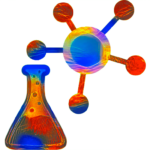Choosing a Graph Database. The Year of the Graph Newsletter Vol. 4, July 2018
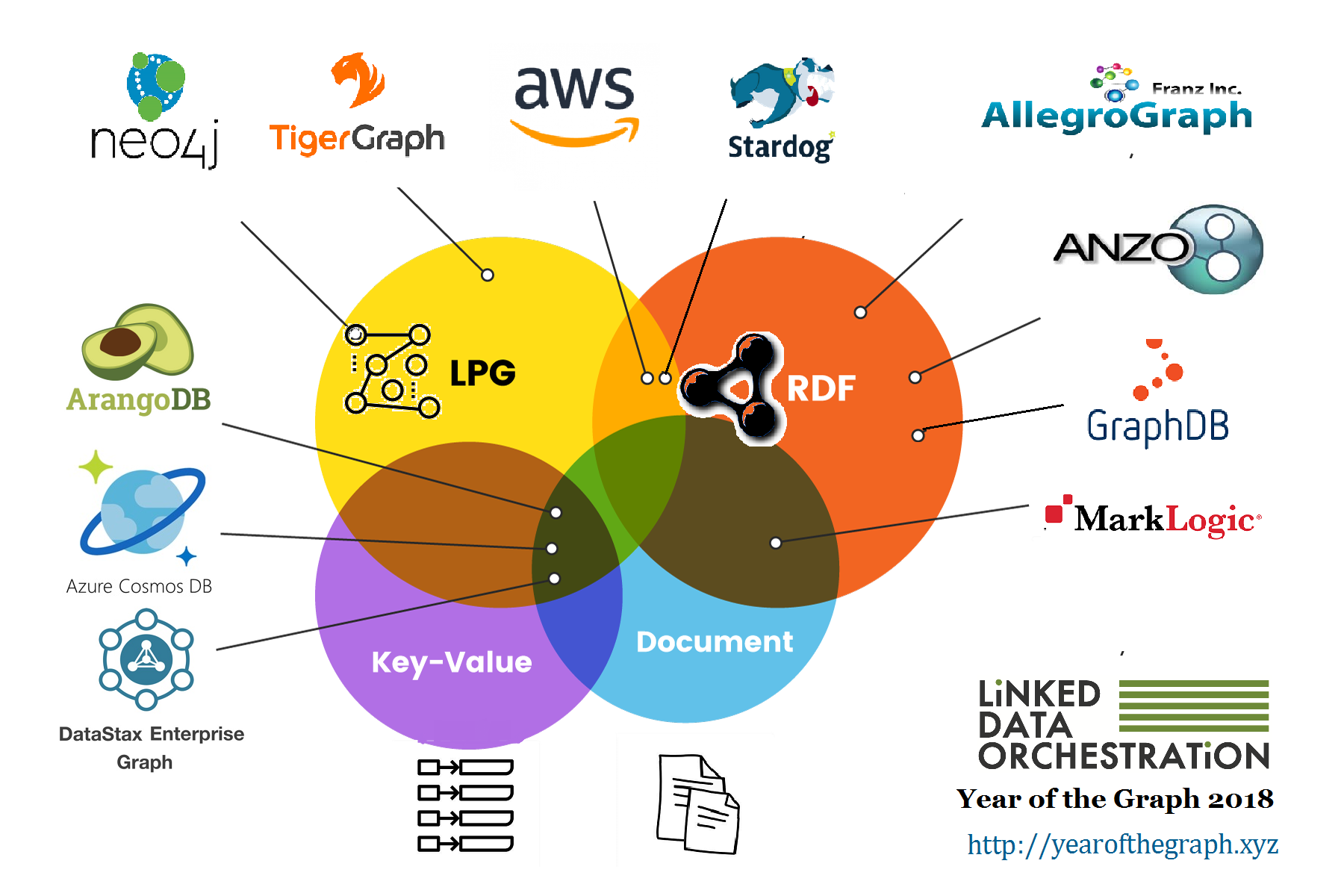
What is a graph database? Do you really need one, and if yes, how do you choose?
That’s what it all comes down to. This month’s edition of the Year of the Graph newsletter is special.
Apart from the usual hubbub, which is somewhat slower this time of year, this month the Year of the Graph offering expands to the Year of the Graph Report.
Other than that, this edition features 10+1 items to make for the extended time period it covers, and features mostly educational resources on using Gremlin, Cosmos DB, DSE Graph, on graph data modeling, and combining graphs with machine learning.
What is a graph database? Do you really need one, and if yes, how do you choose? I’ve been often asked those questions, and they are not the type that can be answered easily.
It takes both expertise and hard work to be able to do this. Good news, i’ve done this so you don’t have to. This work is more up to date and comprehensive than anything else out there, and at a fraction of the price.
Special offer – the first 10 buyers get 33% off using code 10FIRST
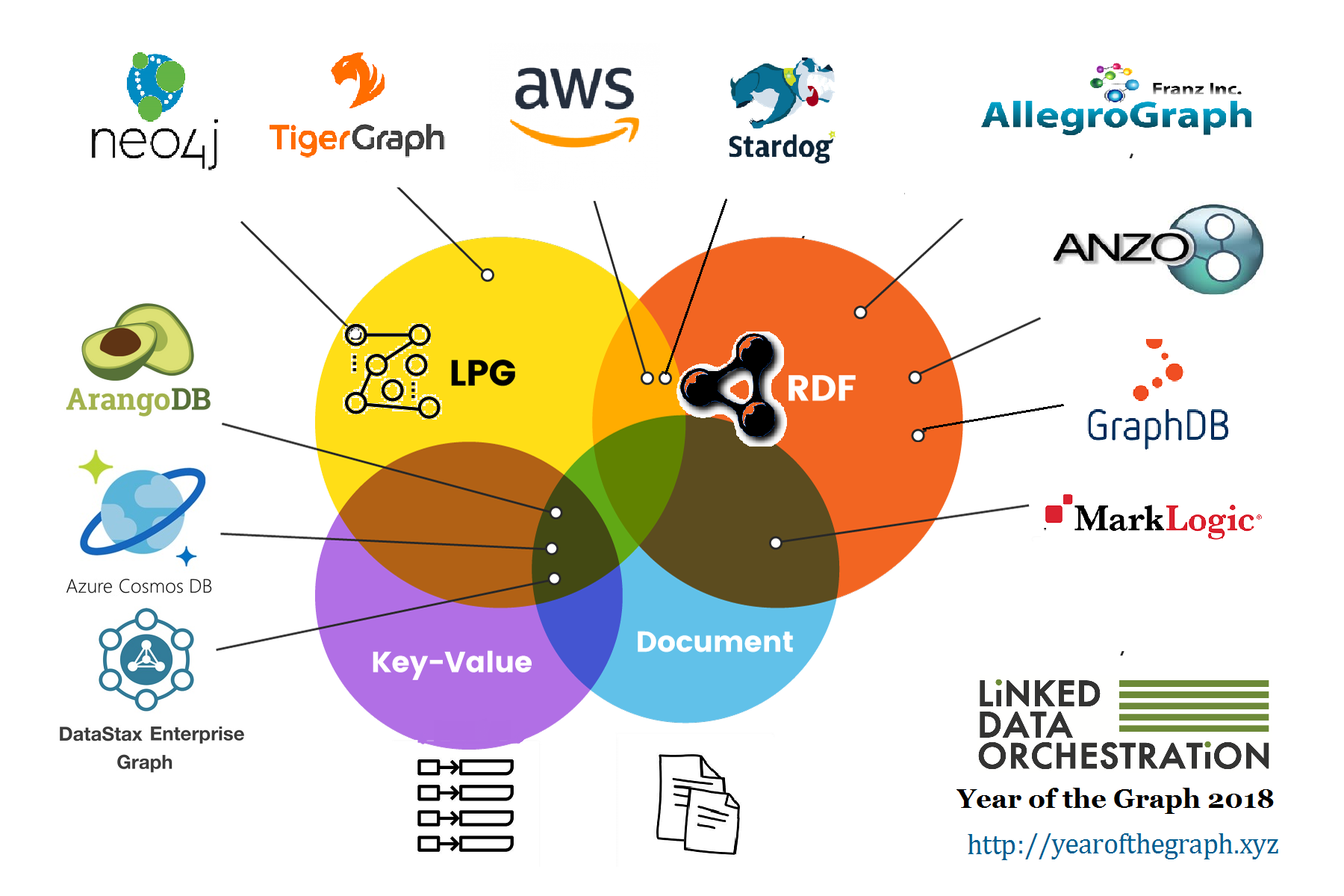
The Year of the Graph Database Report
The Year of the Graph Database report is the result of months of hard work. It’s based on a unique, holistic and data-driven methodology that combines every aspect you need to consider when evaluating graph databases.
All evidence points to the same direction – graph databases are poised for growth.
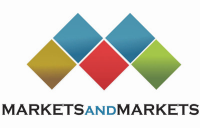
Graph Database Market Expected to Reach 2,409.1 Million USD by 2023
The graph database market size was valued at USD 700.0 Million in 2017 and is expected to reach USD 2,409.1 Million by 2023, at a Compound Annual Growth Rate (CAGR) of 24.0%.
If you want to get an overview of graph databases before getting to read the Year of the Graph Report, you can start with David Bechberger’s presentation. For everything you can’t find the answer to there, well, you know what to do.

A Practical Guide to Graph Databases
With the emergence of offerings on both AWS (Neptune) and Azure (CosmosDB) within the past year it is fair to say that graph databases are of the hottest trends and that they are here to stay.
Care for some expert advice on graph data modeling? Ted Wilmes gives his Graph Tips and Tricks that go beyond DSE Graph.

Graph Tips and Tricks with Ted Wilmes
David and Jeff talk with Ted Wilmes from Expero about best practices regarding DSE Graph and the importance of proper data modeling.
Need some more tips and tricks, this time of using Gremlin? What Jayanta Mondal talks about applies beyond Cosmos DB as well.

Tips for using the Gremlin API with Azure Cosmos DB
Jayanta Mondal stops by to chat with Scott Hanselman about Gremlin, the traversal query language for Cosmos DB graph.
How about time traveling with graphs? Again, the techniques Daniel Larkin-York elaborates can be applied beyond ArangoDB

Time traveling with graph databases
Graph databases are often used to analyze relations within highly interconnected datasets. But these datasets change over time and you as a developer or data scientist may want to time travel and analyze these changes.
Wrapping up with tutorials, here is one on getting started with using GraphX on Spark to do graph analytics. One important point made here is that useful as it may be, this is NOT a graph database.
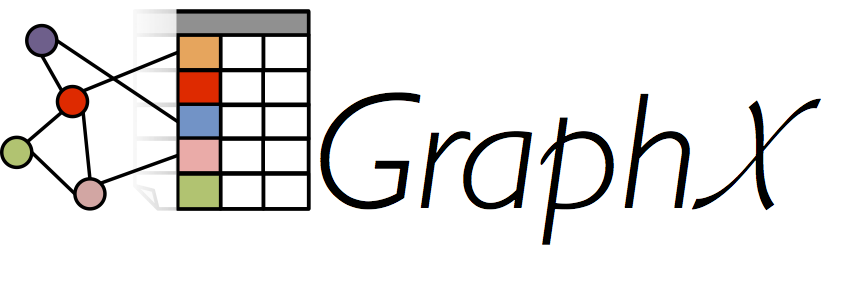
Distributed Graphs Processing With Spark GraphX
In this article, a developer will explain the basic concepts of graph theory, and relate it to a more well known statistical phenomenon.
Let us not forget about query languages. With the call for a standardized query language for labeled property graphs still open in the community, TigerGraph’s Mingxi Wu weighs in with his opinion on what matters for graph query languages.

What Enterprises Should Know About Selecting a Graph Query Language
Graph databases are on an upswing in enterprise IT right now. What are the prerequisites for selection a graph query language in the first place?
DeepMind’s Marta Garnelo has been working on combining symbolic methods for AI with machine learning. Although the former have been overshadowed by the latter, Garnelo argues they should be able to complement each other, and sees a role for RDF in this.
People in Octavian have also been working on the intersection of graph and machine learning, and they just released a dataset that can be used for question answering.

CLEVR graph: A dataset for graph based reasoning
We’re excited to announce the release of a new dataset. CLEVR graph aims to help further research into machine reasoning on graph datasets. It contains a set of questions and answers about transport network graphs.
Here is how the DIG team built their Domain Insight Graph to help counter trafficking using RDF:
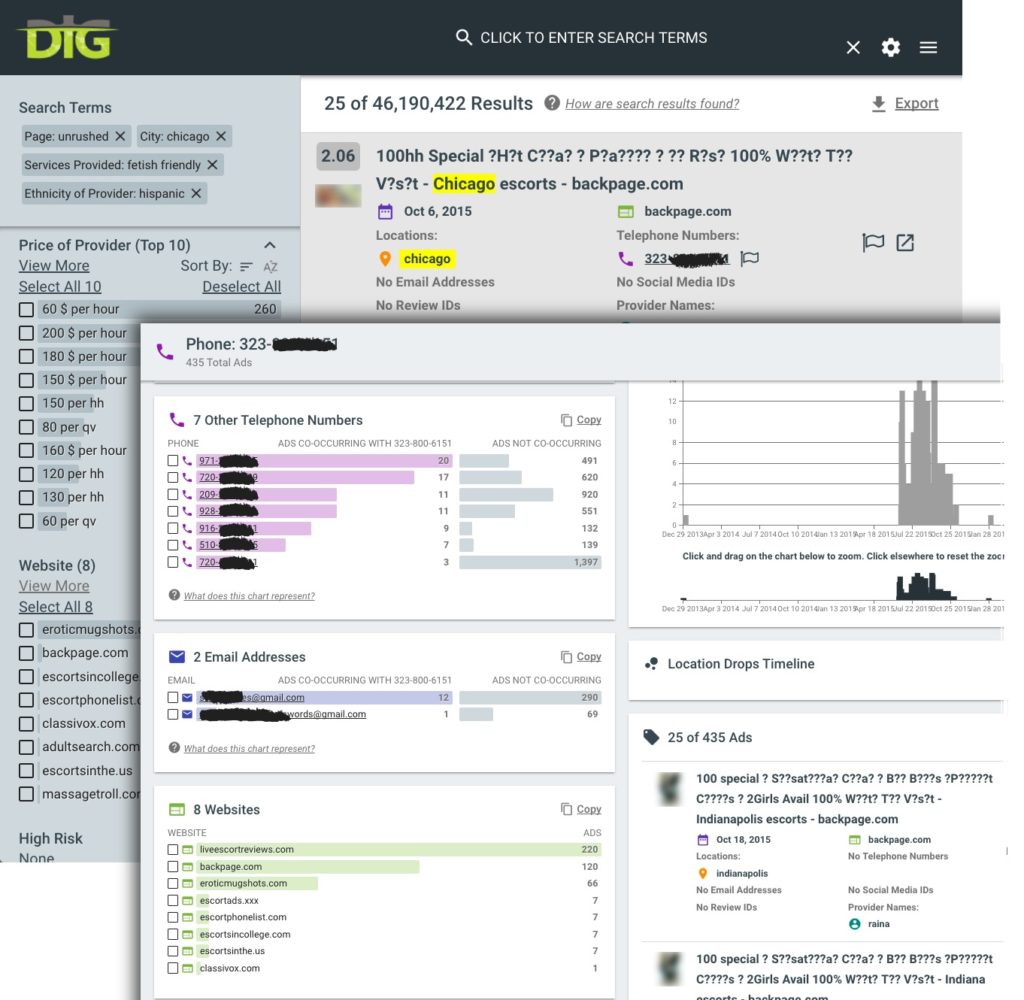
Update on the Crime-Fighting AI Tool Called “DIG”
An Interview with Developer Mayank Kejriwal about his Research


